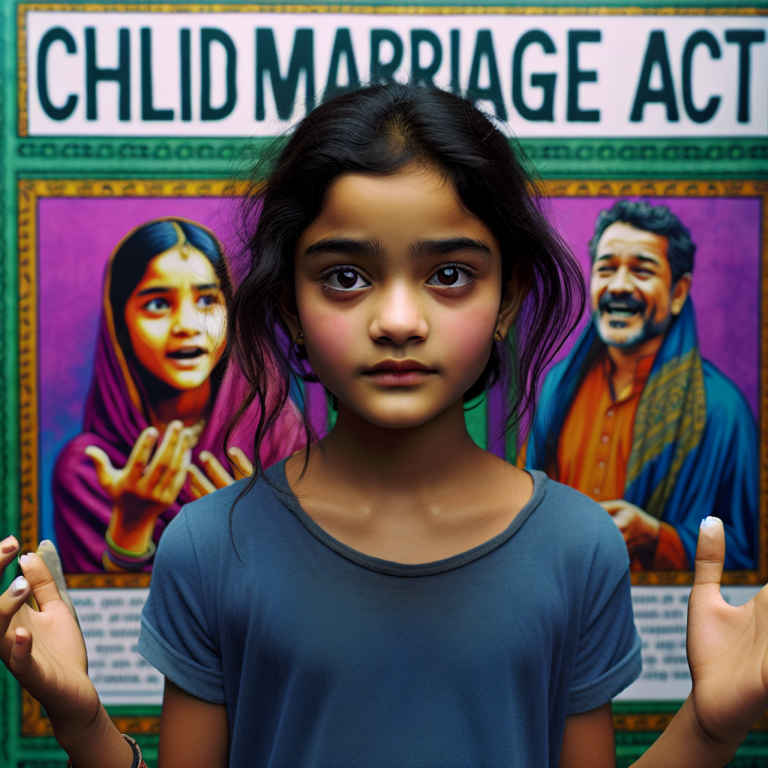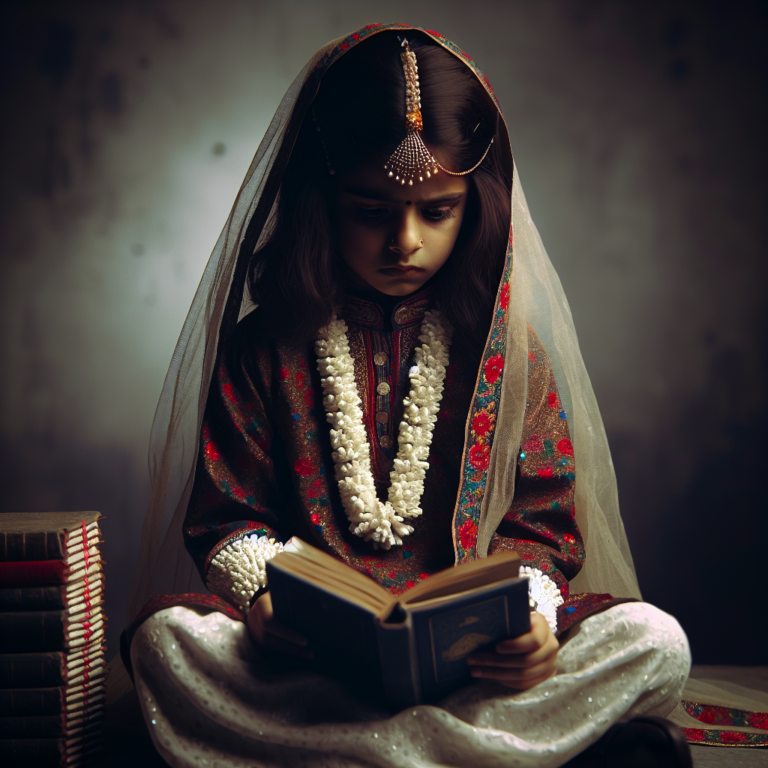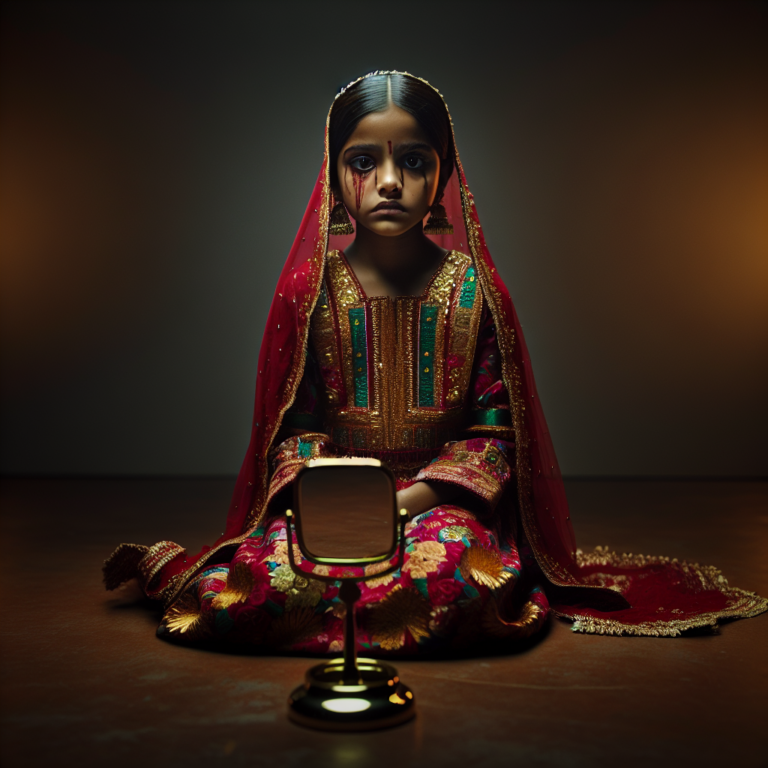Title: The Silent Pandemic: A Closer Look at Child Marriage Worldwide
Introduction:
Child marriage, defined as marriage before the age of 18, continues to be a deeply-rooted and pervasive issue affecting millions of children worldwide. Despite efforts to combat this practice, child marriage remains a silent pandemic, impacting both girls and boys, and posing severe threats to their physical and emotional well-being. This article delves into the various aspects surrounding child marriage, shedding light on its global prevalence, causes, consequences, and efforts to eradicate this harmful tradition.
1. The Global Prevalence of Child Marriage:
Child marriage is prevalent in many regions across the globe, but it is most rampant in sub-Saharan Africa and South Asia. According to the United Nations International Children’s Emergency Fund (UNICEF), over 700 million women alive today were married as children. Shockingly, one in five girls in developing countries is still married before reaching adulthood, condemning them to a life characterized by poverty, limited education, and increased health risks.
2. Causes of Child Marriage:
Child marriage emerges from a combination of social, cultural, and economic factors. Poverty plays a significant role, as families often see marriage as a means to alleviate financial strain. Traditional gender roles and societal pressures also contribute to this practice, including the belief that girls should be married off early to protect their virginity or maintain family honor. Lack of educational opportunities and limited access to healthcare exacerbate the vulnerability of young girls, making them more susceptible to early marriage.
3. Consequences of Child Marriage:
Child marriage carries grave consequences for the physical, psychological, and social well-being of children, particularly girls. Early marriages deny them the right to education, limiting their chances of acquiring skills for better livelihoods. It leads to increased health risks like maternal mortality, sexually transmitted infections, and complications during childbirth. Furthermore, child brides are more likely to experience domestic violence, suffer from mental health issues, and live in poverty. For young boys, child marriage may also result in a loss of childhood and opportunities for personal growth.
4. Efforts to Combat Child Marriage:
Numerous global initiatives and grassroots organizations have been working tirelessly to eradicate child marriage. Governments and non-governmental organizations have implemented legal reforms to raise the minimum age for marriage, promote awareness campaigns, and adopt policies that aim to protect children from early marriage. Additionally, interventions to improve access to education and reproductive health are crucial in breaking the cycle of child marriage. Efforts to engage communities, religious leaders, and families are vital to address cultural norms and shift attitudes towards the value of empowering and protecting children.
5. FAQs:
Q: Is child marriage only limited to certain religions or cultures?
A: No, child marriage transcends religious and cultural boundaries, although it is more prevalent in certain regions. It occurs in societies with diverse religious backgrounds, including Christianity, Islam, Hinduism, and others.
Q: Are child brides more likely to experience complications during pregnancy and childbirth?
A: Yes, child brides face a higher risk of maternal mortality, as their bodies are often not fully developed to handle pregnancy and childbirth. Furthermore, the lack of access to proper healthcare exacerbates these risks.
Q: Can boys also be victims of child marriage?
A: Yes, although less prevalent than girls, child marriage affects boys too. It is essential to acknowledge that child marriage has broader consequences beyond gender disparities, impacting all children involved.
Q: What are the long-term effects of child marriage?
A: Child marriage perpetuates the cycle of poverty and limits opportunities for education and personal growth. It also increases the likelihood of intergenerational child marriage, as daughters of child brides are more likely to become child brides themselves.
Conclusion:
Child marriage is a global issue that demands immediate attention and concerted efforts from governments, civil society, and individuals alike. Eradicating child marriage requires a multi-dimensional approach, including legal reforms, education, healthcare access, and changing cultural norms. By addressing the root causes and consequences of child marriage, we can collectively work towards a future where every child can enjoy their childhood and realize their full potential.








